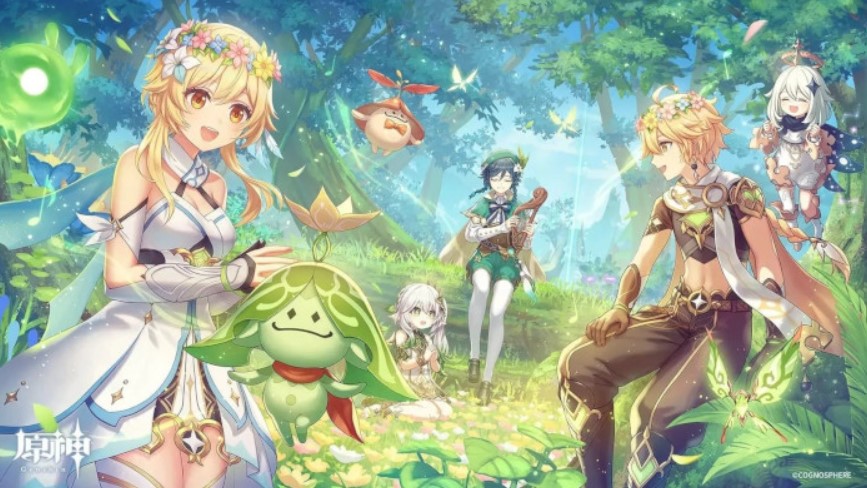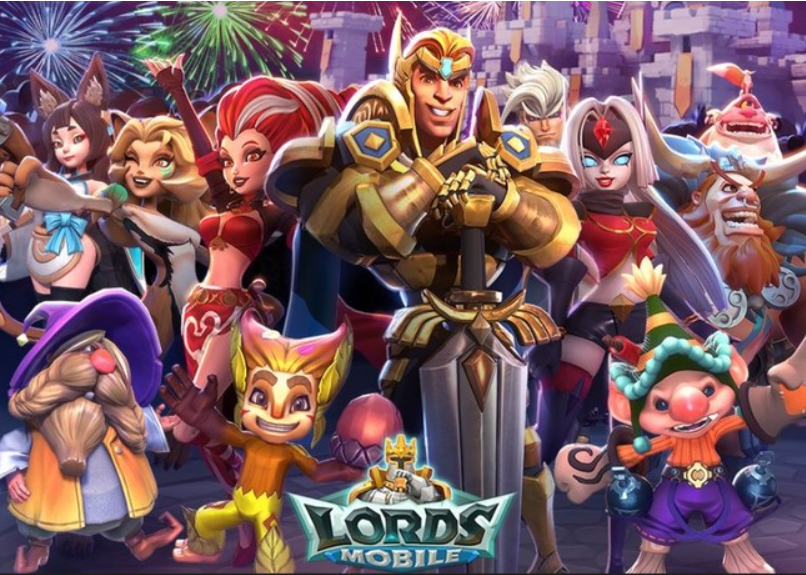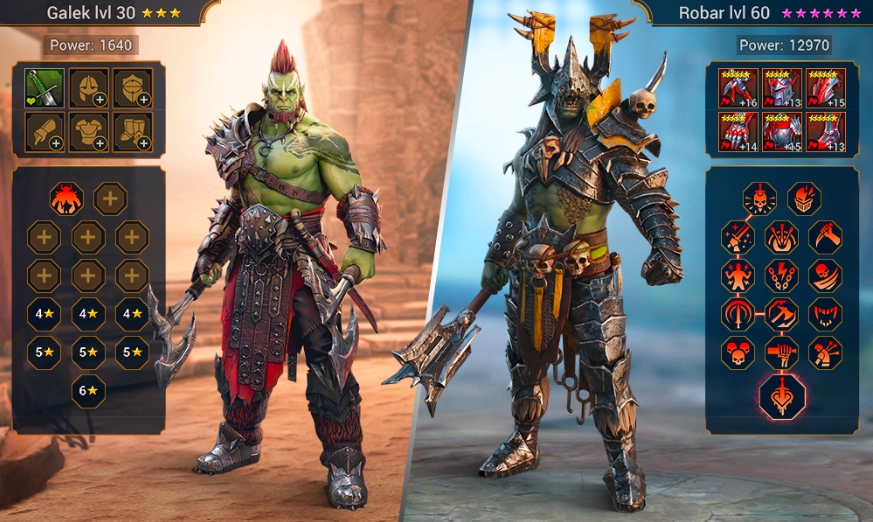
Games-as-a-service (GaaS) refers to a monetization model in which games are developed and released as continuously evolving services rather than one-off products. The game receives years of ongoing support from its developers and monetizes through subscriptions and in-game purchases.
This business model has become a new staple for AAA game studios. Some games are released for free in order to get as many players as possible, despite potentially losing money in the early stages.
It’s important to understand the market before committing resources to creating new content
But as time went on, many gamers became familiar with predatory “Pay to Win” mechanics and lootbox gambling. Many players have grown weary of companies that favor high-spending players, so-called “whales,” over unpaid spectators.
Meanwhile, companies are forced through a grueling cycle to release unfinished products that don’t live up to their hype, and players perceive it as another case of game studios stealing their cash and not delivering the high-quality gaming experiences they deserve. It will be.
What’s the best way to release a live service game in an era where the longevity of GaaS titles is questioned and good experiences don’t always last and end their service? In this article, I want to spotlight an obvious strategy that most GaaS titles either overlook or could improve upon by implementing. Here we describe four major strategies.
1. Content is king
Small patches and seasonal updates are the bread and butter of service games. A well-balanced implementation of long-term or seasonal events, dailies (quests that usually take place within 24 hours), and battle passes can keep users interested and occasionally surprise them.
Content updates are a way to win back and retain players who have moved on to other titles. It’s not the studio’s or the game’s failure that keeps players out of the game on a regular basis, it’s the update cycle that helps bring them back.
”World of Warcraft” released “WoW Classic” in 2019, allowing players to experience the original version at launch in 2004. WoW’s subscriber revenue increased by 223% as the franchise led to the return of many players who had stopped playing the game, as well as interest in the game’s latest updates and expansions .
And No Man’s Sky is a game that clearly demonstrates the importance of focusing on quality content. At the beginning of the release, the developer Hello Games received a backlash that it did not keep its promise, but since then it has continued to release major updates and enhancements, regaining the trust and respect of many players, and five years after its release on Steam , From the overwhelming negative evaluation, it finally became “somewhat popular” ( related English article ).
The gameplay loop of a live service game is lifeblood. Without a fun, engaging, and fulfilling gameplay loop, it’s very difficult to retain engaged players long term. One example of a well-designed gameplay loop that keeps the community active is Genshin Impact’s Deep Spiral.
As your game progresses through its lifecycle, spend time improving QoL and developing new (wanted) features to polish the unfinished parts of your game. Don’t ignore an important concern many players have. Try to understand what the core issues are fueling criticism, and be transparent and communicative about how your team is tackling them. Transparency and honesty with your community can go a long way in building trust, which is good for long-term player growth.
2. Tap into the community’s social ecosystem
Making a GaaS title is about maintaining a commitment to the community, where players are often personally involved and interested in the game world and well-being.
Developers have direct access to player feedback through social media, player surveys, tracking marketing efforts, and more. Players also generally believe that game creators are responsible for keeping them up-to-date on the state of the game, and may passively expect and desire to stay in the loop through in-game updates. many.
Such open and transparent communication is a key factor in building community trust and loyalty. Developers should pay attention to community demands, if not always give in. Many games like Apex Legends and Path of Exile have regular developer releases to discuss upcoming content and changes.
Transparency and honesty with the community go a long way in building trust and are positive for long-term player growth
Before committing resources to creating new content, it’s important to understand the market. To do that, you’ll need to identify your target audience, actively collect data, and monitor feedback. Just as successful product development relies on user-centered design principles, the most profitable games tend to iterate on improvements based on player feedback. Many games like Genshin Impact collect player feedback on a regular basis and give away in-game currency for completing surveys.
Overall, building a strong community for your game requires a focus on effective communication, transparency, and honesty. By focusing on these things, developers can create a dedicated and engaged community that wants their game to succeed.
Developers need to pay attention to online conversations as much as content creators form a passionate community around their games. Positively evaluating user-generated content around your IP is a great way to build relationships with your community.
Content creators also encourage creativity and innovation in games and ensure games remain part of the conversation. Positive reviews and great engagement on social media such as Twitch are all social proof that your game is of value to new players.
3. Game balancer between hardcore and casual
Games should be enjoyable for both seasoned veterans and regular players. Game balance needs to be dynamic to ensure a path for ordinary players to reach advanced play. Too much of a gap can frustrate a large number of new players when playing.
Understanding your community is key to balancing your game. It’s all about why you play games and how you play them. It’s important to categorize players into groups such as hardcore and casual, and more recently content creators.
Try to understand the layers of the community, because catering only to one particular player layer can alienate others.
A game with a very vibrant community might suffer changes aimed at high-skilled competition (Fall Guys, Genshin Impact, main game Pokémon). Conversely, games with deep competitive communities will hate changes that lower their skill floor (Counter-Strike, Escape from Tarkov, Apex Legends).
By subdividing changes according to game type and game mode, reduce backlash from different segments of the general public, like when Fortnite had a ‘No Build’ mode. and most games have separate ranked and normal matches.
Games with low skill floors and high skill caps allow for the formation of larger communities (Super Smash Bros. Special, Valorant, Fortnite). You also need a healthy community base to attract new players. Finding a healthy balance between the needs of all involved is key to reaching the largest audience for your game.
4. Don’t force yourself into esports if you don’t like it
GaaS games often include competitive gameplay elements such as leaderboards and rankings, allowing players to improve their skills and compete against each other to keep them motivated. This allows you to build a passionate, dedicated community that wants your game to succeed.
But dealing with a highly competitive player base tends to disappoint. The industry is saturated with high-quality GaaS titles, and it’s hard to steal people’s loyalty when mastering the sport is already a full-time job.
With organic demand and interest from the community, fun should come first and esports infrastructure second. Fans only care about the competitive scene if the core experience is fun. Once that’s achieved, even more audiences will come to appreciate the complexity of the skills they’re looking at.
Fans only care about the competitive scene if the core experience is fun
Building an esports scene requires a significant investment of time, money and resources. Some titles may end up unsustainable, and a weak league could hurt the game’s reputation.
The key to a good GaaS strategy is building long-term, healthy relationships with your community and respecting them by making the best decisions for your game. This includes listening to player feedback and being transparent about game updates and changes.
Content is the most important ingredient for a successful GaaS game. By providing regular updates, expansions and comprehensive new content, we can keep as many players engaged and excited about the game as possible.
While it’s important to look at industry trends and what other successful games are doing, it’s also essential to focus on your game’s unique strengths and vision.
Yane An is creative solutions coordinator at analytical marketing partner Gamesight.





